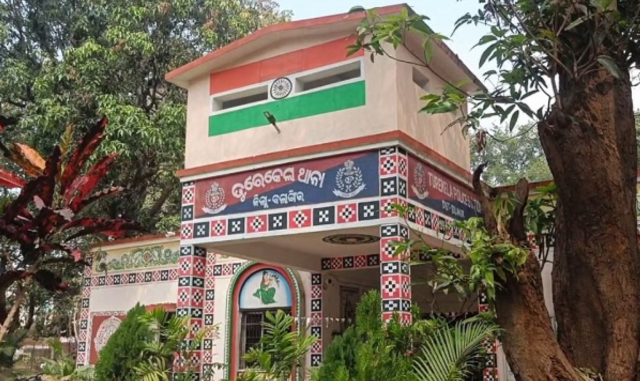In a dramatic overhaul of the US immigration system, President Donald Trump has announced that companies must pay $100,000 to secure an H-1B visa for a foreign worker. The executive order, signed in the Oval Office, takes effect September 21, 2025 and will remain in force for 12 months, unless extended.
The move, Trump said, is aimed at curbing what he called “systemic abuse” of the visa program, which he described as a “national security threat.”
Indians Most Affected
Given that over 70% of H-1B visa holders are Indians, the decision could significantly impact the Indian tech workforce in the US.
“The abuse of the H-1B visa program has made it even more challenging for college graduates trying to find IT jobs, allowing employers to hire foreign workers at a discount,” Trump’s proclamation stated.
US Commerce Secretary added that the fee would push firms to hire more Americans while discouraging “less valuable” foreign workers.
Concerns Over Job Mobility and Renewals
Immigration lawyer Sophie Alcorn warned that the hefty fee could make renewals costly and limit job mobility for existing visa holders.
“Employers may hesitate to sponsor or retain H-1B employees, especially early-career professionals. This may push some workers back to India or to other markets like Canada, the UK, UAE, or Saudi Arabia,” she noted.
Mixed Reactions in the US
The move has sparked intense debate.
-
Supporters, including Vice President JD Vance, argue that it will stop companies from laying off Americans while hiring cheaper foreign workers.
-
Critics argue that it creates uncertainty and may hurt innovation by restricting access to global tech talent.
An Indian technologist on H-1B told HT, “It’s unclear if the proclamation has legal basis — this will likely be challenged in court.”
Background: What Is H-1B?
-
Created in 1990 by an Act of Congress
-
Allows companies to hire foreign workers in specialty occupations (requires at least a bachelor’s degree)
-
Initially granted for 3 years, extendable by another 3 years
-
Annual cap: 65,000 visas, plus 20,000 for US master’s/PhD degree holders
Over the years, Indian technology professionals have been the largest beneficiaries, reflecting the US tech sector’s dependence on Indian talent.





























